This page is still under construction, our list of attractions is currently being updated.
The lands which have stood great civilizations and served as a bridge between east and west. One of the oldest cities in history where the vestiges of ancient silk road meet a modern face of today’s world. In doubt with a head spinning scene qualities of a nature the mysterious cities was built fascinating and astounding. Defy the centuries set have gone by Trabzon has always remain charming and dazzling.
Watch video!Sumela Monastery
Sumela Monastery (Greek: Μονή Παναγίας Σουμελά, Moní Panagías Soumelá; Turkish: Sümela Manastırı) is a Greek Orthodox monastery dedicated to the Virgin Mary at Melá Mountain (Turkish: Karadağ, which is a direct translation of the Greek name Sou Melá, “Black Mountain”[1]) within the Pontic Mountains (Turkish: Kuzey Anadolu Dağları) range, in the Maçka district of Trabzon Province in modern Turkey.


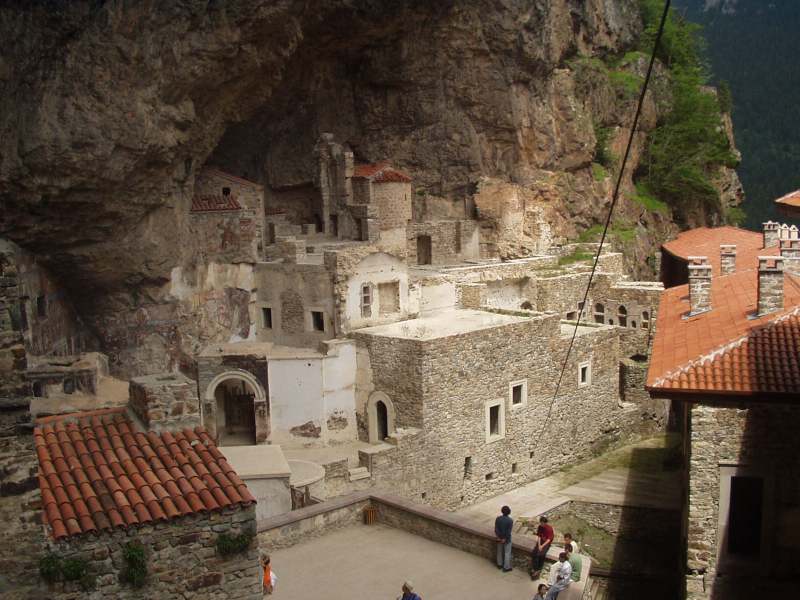


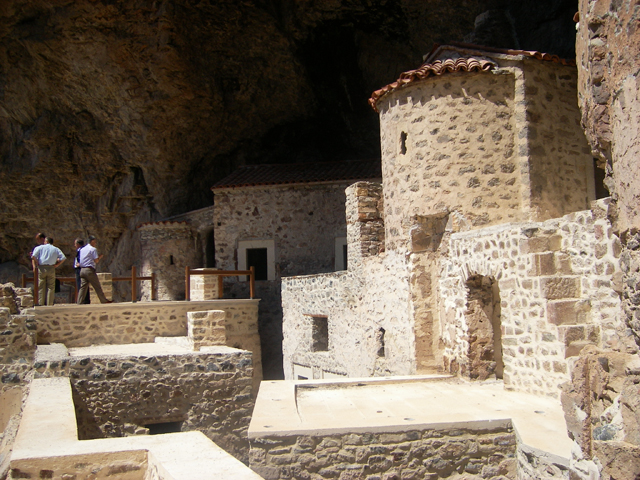
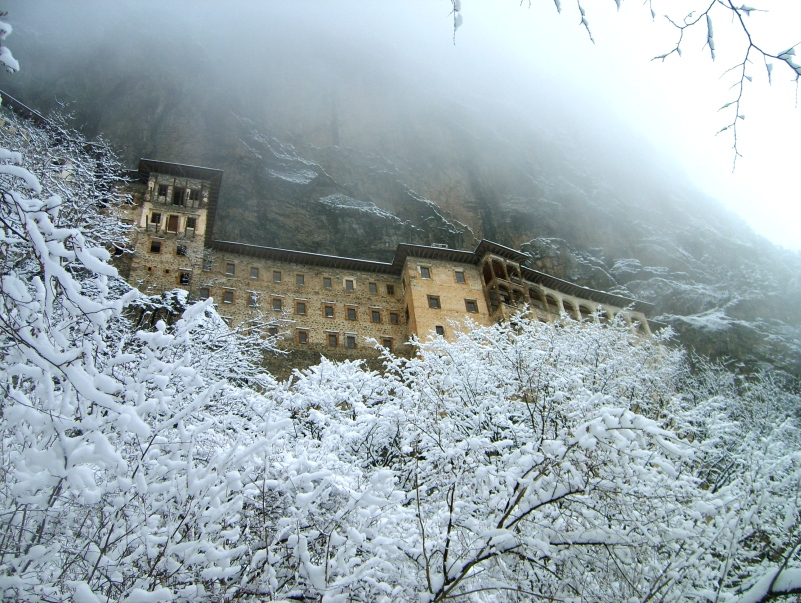





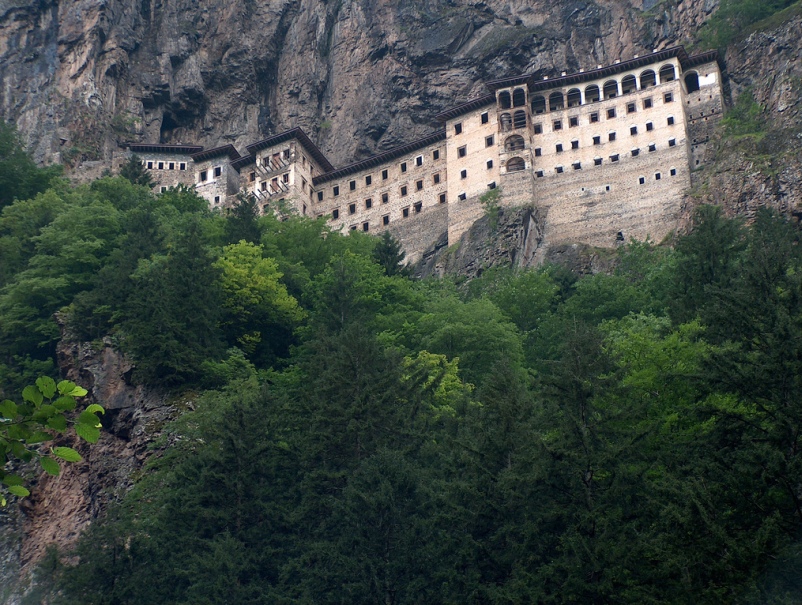
Vazelon Monastery
Vazelon Monastery is located in Maçka district, Trabzon Province, Turkey. It was built in 270 AD and is located 40 kilometers south of Trabzon. After Emperor Justinian I ordered it to be repaired in 565 AD, it has since been renovated many times up to the present day. On the area, there is a cave and a water spring. The monastery was first built in front of the cave. The current buildings date from the rebuilding in 1410.[1][2]




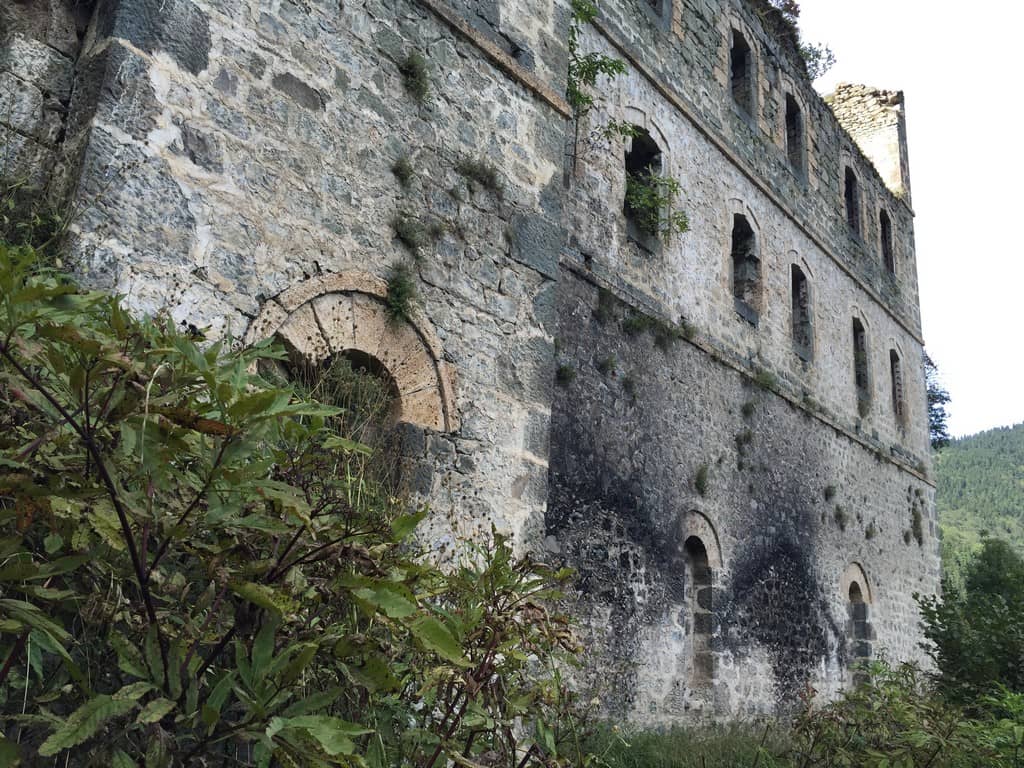

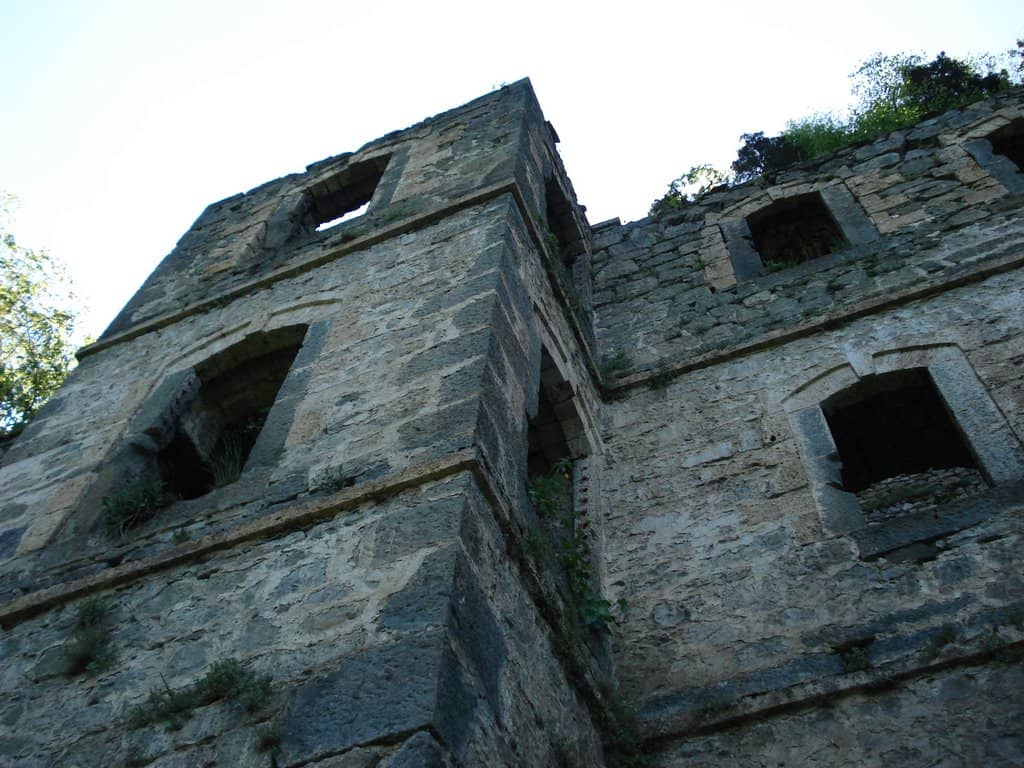
Kustul Monastery
The monastery situated within the boundaries of Şimşirli – Kuştul village in Maçka, Esiroğlu in the city of Trabzon, is built on a hill viewing the valley. Built in the year 752 and looted in 1203, the monastery regained its service in the year 1393.
It was burned in fire in 1904, and rebuilt for the third time. It is known that the small church to the north of the inn inside the monastery has no traces today.
Inside the monastery, on the right and left side of the inner courtyard are two-three storey monastery rooms. The ones on the north are known as guest rooms and those on the south, as monk cells. Through the photos taken in 1903 by Cumont, it is seen that the monastery besides being a large church, is also made of another church with a cross plan and a monastery.
The stairs from the west side go into the inside of the monastery.
Its wide halls and guest rooms catches one’s attention. In time, the cross planned church was damaged and vanished without a trace. Though it is found to have corridors stretching to the valley, they cannot be used today.
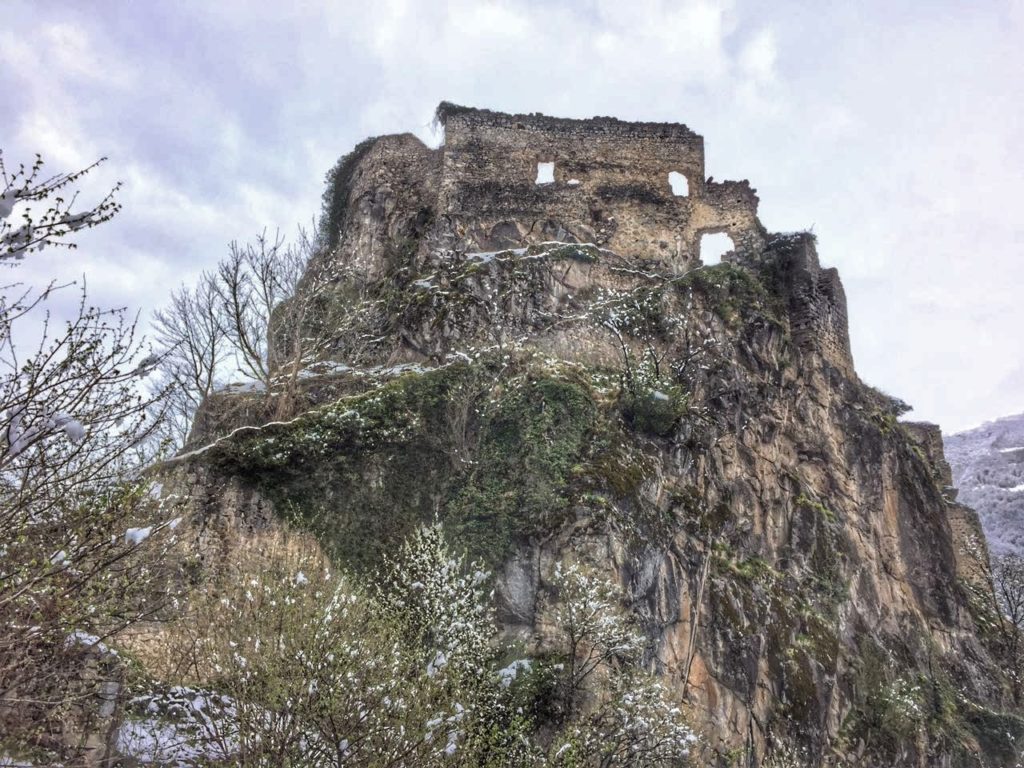


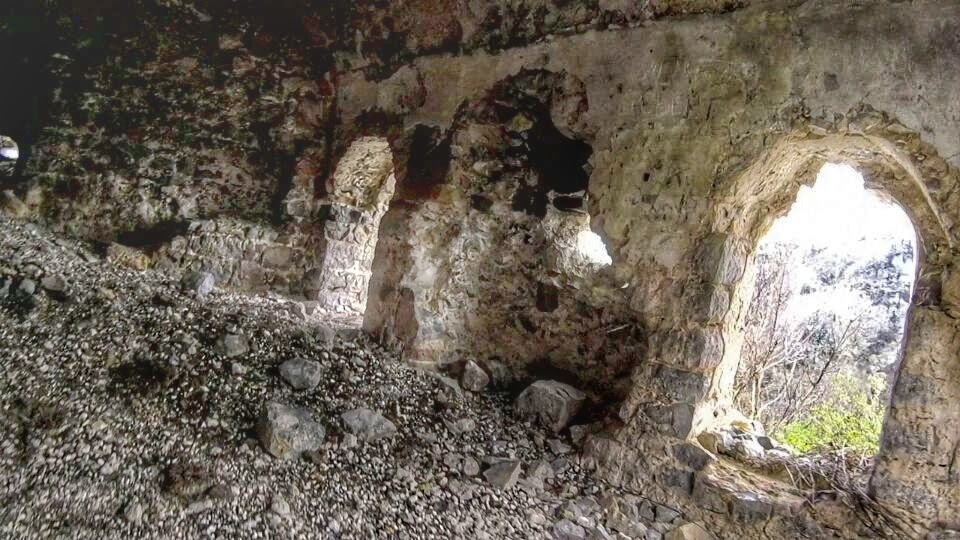


Kaymaklı Monastery
Kaymaklı Monastery (hye: Ամենափրկիչ Վանք Amenaprgič Vank, meaning Monastery of the All-Saviour; Turkish: Kaymaklı Manastırı, Amenapırgiç Manastırı) is a ruined Armenian Apostolic monastery near Trabzon, Turkey.
The monastery originally included a church, a bell tower at the northwest corner, and a small chapel near the southeast corner. For further information visit wikipedia page.

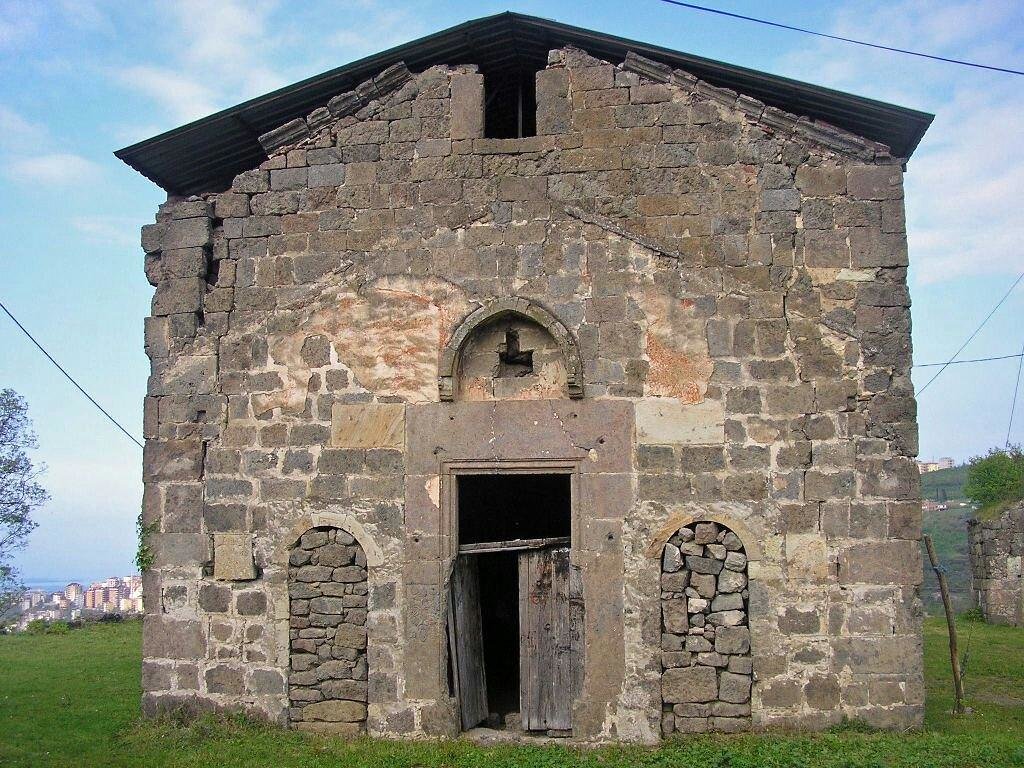



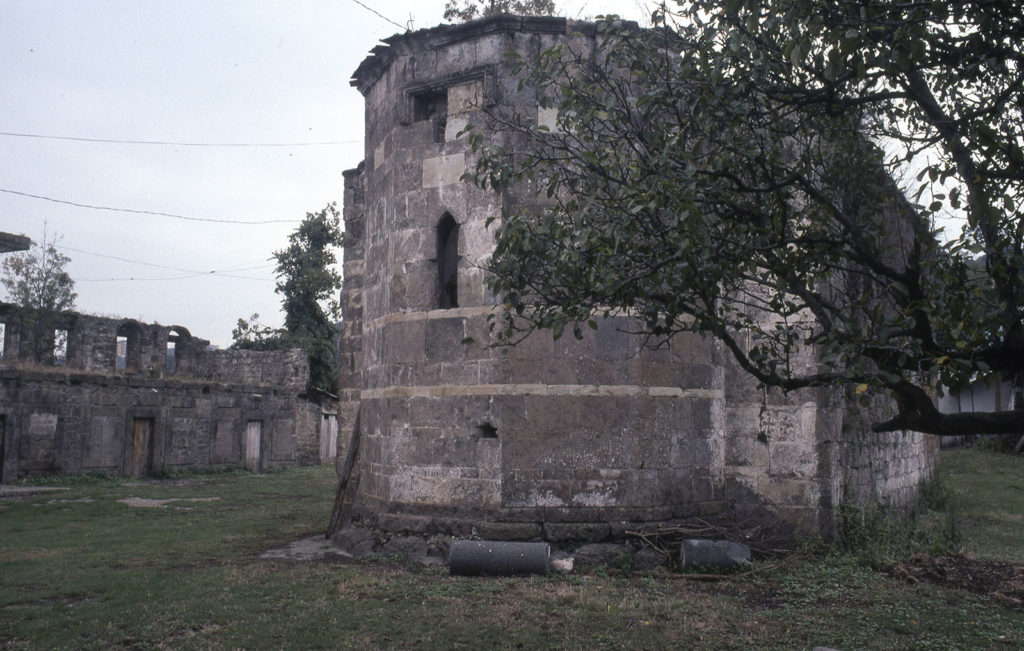
Kızlar (Panagia Thaoskepastos) Monastery
The convent Panayia Theoskepastos monastery stands on the northwestern slopes of the 240 m high Boztepe (Grey Hill), midway between the harbour of Daphnous and the citadel overlooking Trabzon’s eastern suburbs. The monastery complex built on two terraces is surrounded by a high protection wall. Monastery was built in the time of III. Alexios (1349- 1390) and has been restored several times in the 19th century. The original form of the monastery is a rock church with sacred water fountain in the south, a chapel at its entrance and a few cells. There are inscriptions in the rock church besides III. Alexios’ wife Theodora and her mother Eirene’s portraits. For further information visit this page.







